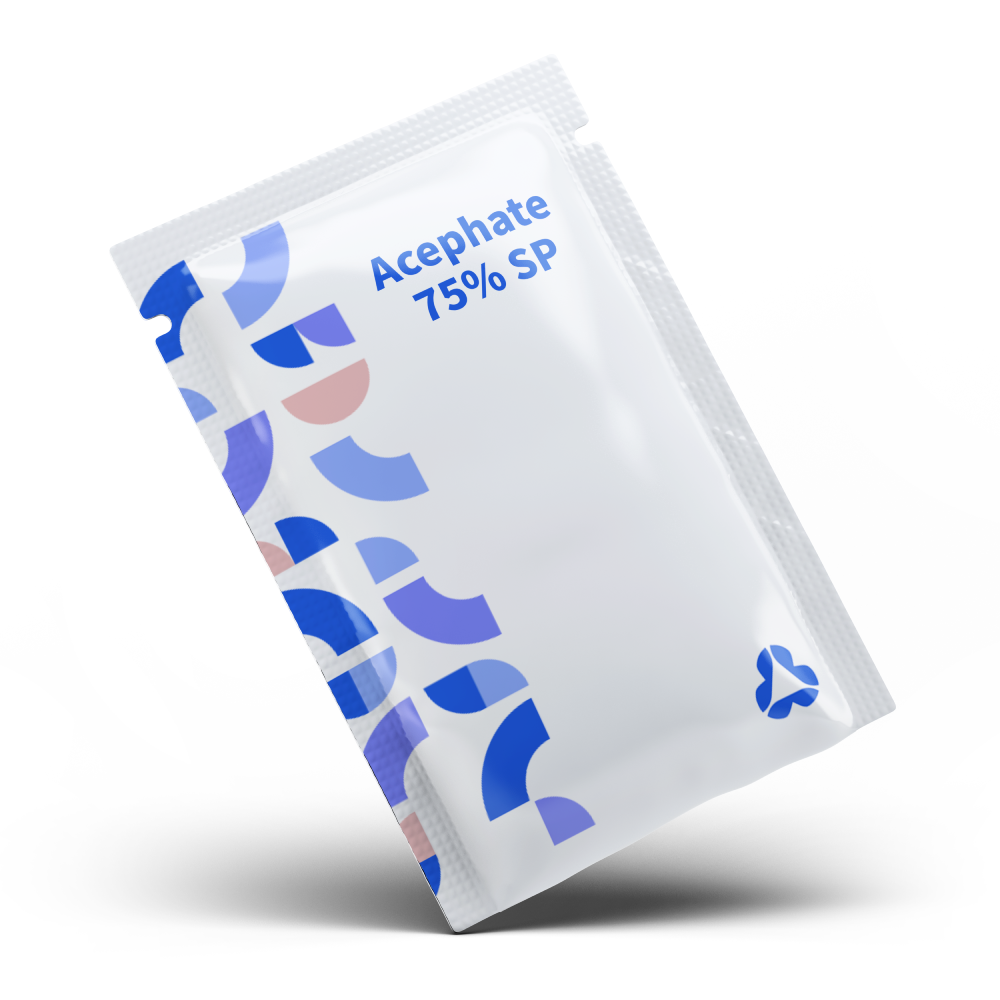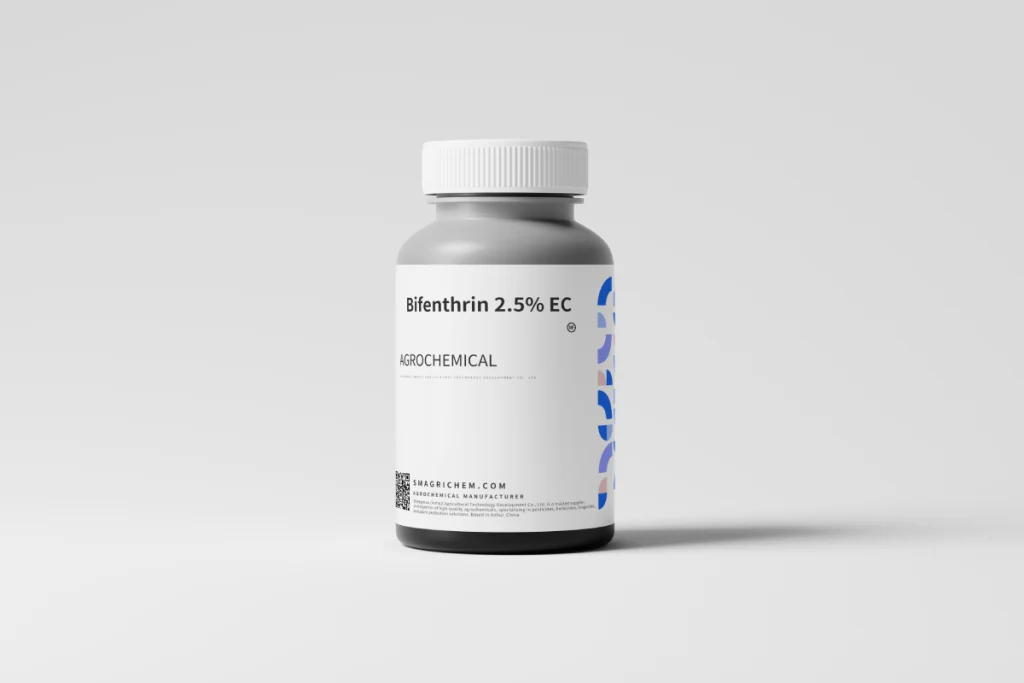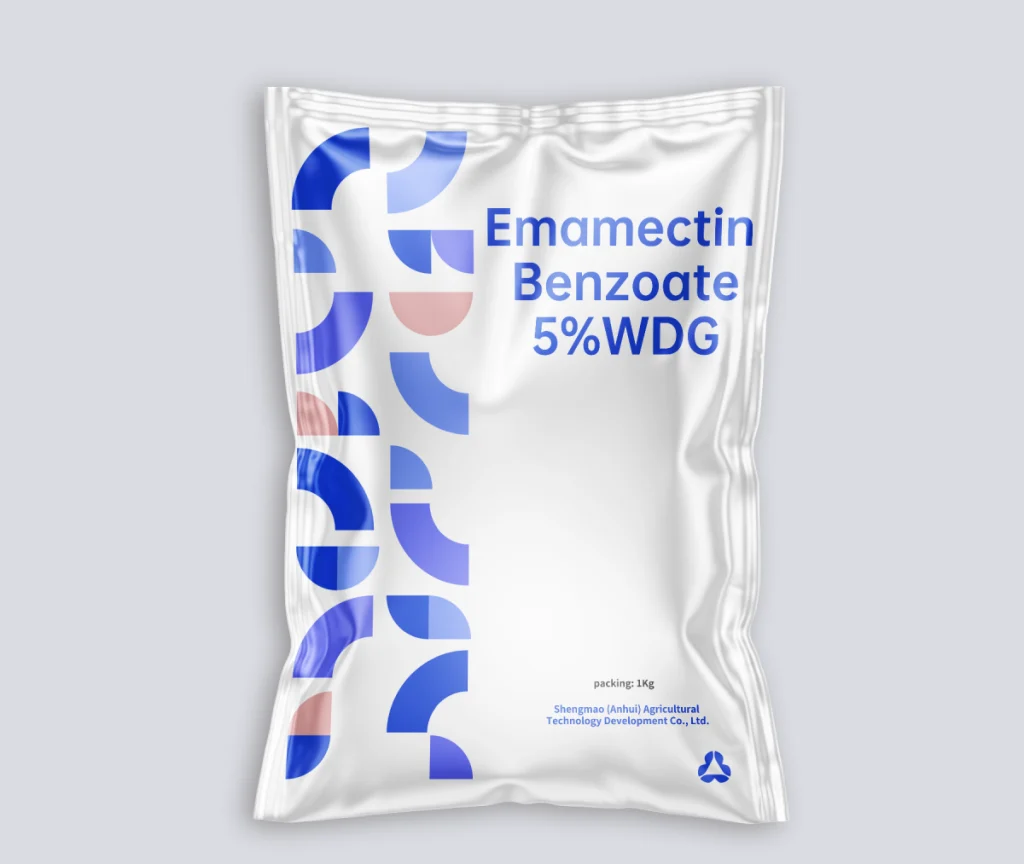Acephate is a potent systemic organophosphate insecticide trusted for broad-spectrum control of both chewing and sucking pests. It’s widely used in agriculture, turf management, ornamentals, and urban pest control, offering rapid knockdown and long-lasting residual effects. By inhibiting acetylcholinesterase (AChE), acephate disrupts insect nervous systems, providing both contact and systemic action for effective pest elimination.
Available Acephate Formulations
Choose from multiple acephate grades and types to suit your application and market needs:
- Acephate 75% SP (Soluble Powder)
- Acephate 97% WDG / 90% WDG / Prill (Water Dispersible Granules)
- Acephate 50% WP / 95% SG / 97% DF (Wettable Powder / Soluble Granule / Dry Flowable)
- Acephate Liquid Spray / Granules / Powder




